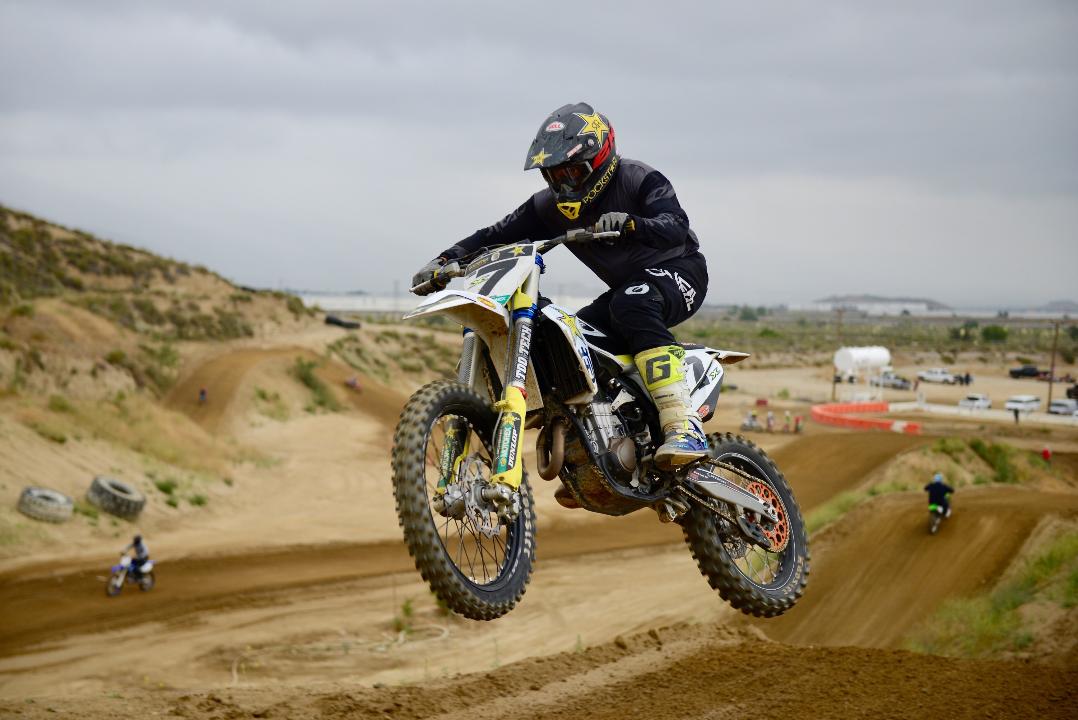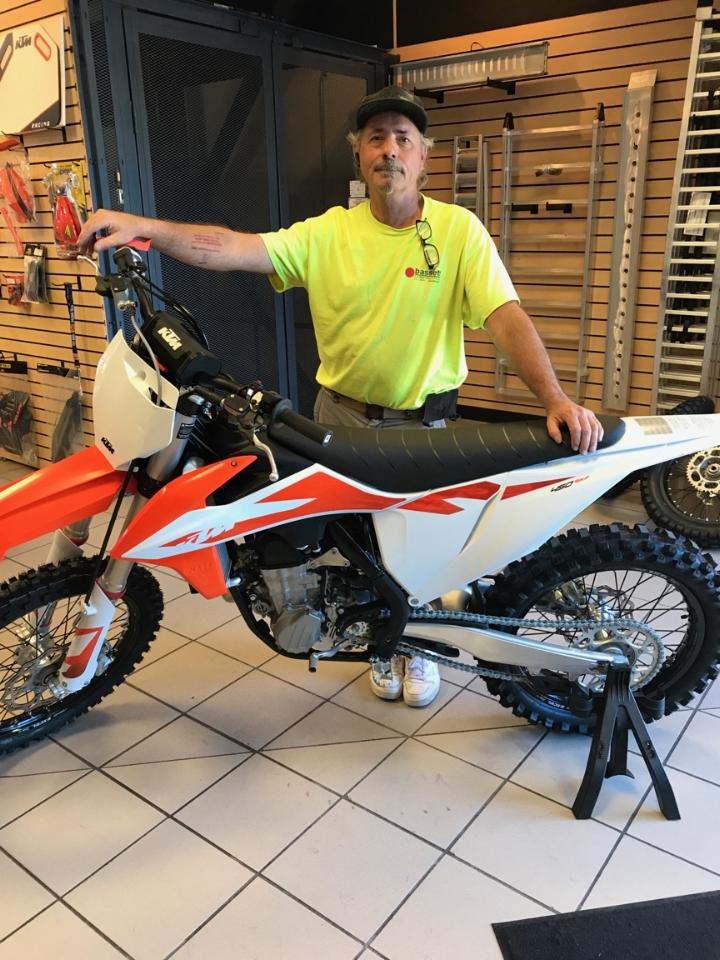2017 - 2025 KTM HUSKY WP Suspension


New WP Xact Fork introduced on the 2020 1/2 Rockstar Edition.
This article was taken from one of several places it showed up on the internet. Obviously it was written by a Technical Person at WP. I personally confirmed what is presented here after disassembling the new Xact fork.
"The most notable changes were made to the WP Xact air fork, one of which is that the bushing seat on the outer tube now has three notches cut in it to accommodate bleed-off between the bushings. Crawford said that as the fork extends and the bushings get close together, there is essentially a chamber in there. The three notches eliminate the potential for pressure to build up in the chamber and are therefore intended to make the fork action smoother and more consistent through the stroke
Another part that has been significantly updated is on the air cartridge. WP air forks have one Schrader valve, which charges the negative chamber and the positive chamber at the same time with what it calls a bypass.
“The bypass is essentially a notch that is pressed into the side of the cartridge that is aligned with the seal head,” Crawford explained. “When the bike is on a stand, the seal head positions allow for the air that you’re inserting in through the Schrader [valve] to reach both sides. We’ve now extended that (existing) bypass—it’s almost twice as long as it was before—and what that does is when the front wheel touches the ground, it has a little more set-in before it closes the bypass. At the point where it closes the bypass, you start to build pressure in the positive chamber and you start to build vacuum in the negative chamber, so it just eases that a little bit.
(MY COMMENT: Probably a great idea! Theoretically it would help slightly with Top Out along with adding a slight delay in main spring force which should lessen the initial “slap down” harshness from jump landings. I have also seen past AER air forks stick down and be hard to pull up enough to reach the notch in the garage, so this should solve that.)
“Along with that, we also changed the air volume spacer,” Crawford continued. “The 2019 and 2020 air volume spacer is quite large and basically made the air volume in the negative chamber quite small. We’ve now gone to one that is smaller than that, and that’s again balancing out the bypass.”
(MY COMMENT: Absolutely an excellent idea. I have watched the size of the air volume spacer and kept wondering why they don’t reduce the size for more drop in of the fork for the first few inches. I could machine it smaller. But rather than go into to much redesign I lightened up the initial compression stack and liked the drop in result)
An additional update is on the piston. The prior component had a single small hole, whereas the new piston has four larger ones.
“We use the inside of the cartridge rod as part of the volume,” Crawford noted. “The fluid dynamics of air could affect how the vacuum is going inside or out of the rod, so [the increase of holes and the size of them] makes that less of an issue.”
(COMMENT: This make perfect sense – it shows a lack of full understanding/design review of their original design. An orifice into a chamber sets up a delayed response to the main chamber pressure changes)
WP has also made several updates to the compression side including a rebound adjuster that can be adjusted by hand, eliminating the need for a screwdriver to make rebound clicker changes. That’s the external difference, but there are a lot more changes internally made to the mid-valve in an effort to give the fork sufficient holdup, but not be too stiff as the speeds increase, and provide the rider with plenty of tuning capability.
“On the mid-valve, we went to a design that has the potential to be built as a floating or a lift height setting, but in the case of the motocross bikes, we’re building this as what they call a trampoline setting,” Crawford concluded.
(COMMENT: This Floating Lift Height is what I am doing to 2017 - 2020 WP mid speed designs for the past 4 years. However I also use a trampoline valve as a blow off valve along with a Float option and flexible Mid Stack to my AER Forks. I build this into a stock AER fork using KYB components.
Regarding their trampoline reference: They are using their trampoline design primarilly for mid speed control instead of blending it with a Flexible Mid Valve and Float. They have finally given tuners a good Mid Speed Piston which is easy to work with. Thank you KTM and W.P. !!
I use this “trampoline or blow off” concept on some 49mm Showa forks since their large diameter tubes don’t ‘comply’ (bend) like 48 and 47mm tubes on square edges and need a little extra help.....
COMMENTS by Rick Johnson, Too Tech Racing

OBJECTIVE: Make the bike fun to ride while maintaining its race character.
CHANGES:
SHOCK - We first install a KYB / Showa style bladder kit to greatly improve shock cooling and decrease stiction/heat generation.
After shock re-tuning at the High Speed adjuster and main stack the shock can then be tuned for either aggressive or trail settings, or anything in-between. Re-designing the Hi-Speed adjuster allows disengagement of the adjuster spring when required. This potential is critical to building a versatile shock that can be adjusted between competitive, or trail, or applications in-between.
FORK re-valving includes 'designing in' a KYB / Showa style Mid Speed circuit. This Mid Speed Circuit has been used in KYB & Showa forks for 20+ years but was ignored in the WP AER design. Incorporating this design allows the forks to initially dive into the turn before stiffening up for the obstacles. The exact implementation details allow the fork to be tailored to competitive and off road applications.
(It should be noted that for 2020 1/2 models, W.P. has added a Mid Speed design with KYB / Showa adjustability.)
Customer story: Rode his bike stock for a month trying to make it feel as good as the 2017 KTM SX 450 we did for him. He noted the front end was stiff and wouldn't handle the braking bumps.
Too Tech is familiar with the stiffer 2019 / 2020 frame and enjoyed the challenge of making the stiff frame 2020 ride as well as the soft frame 2017. Too Tech re-designed the fork mid speed valving to eliminate harshness while maintaining excellent KTM turn-in and overall balance.
After the re-valve his comment was,
"Dude I think you nailed it....the bike works awesome-"


